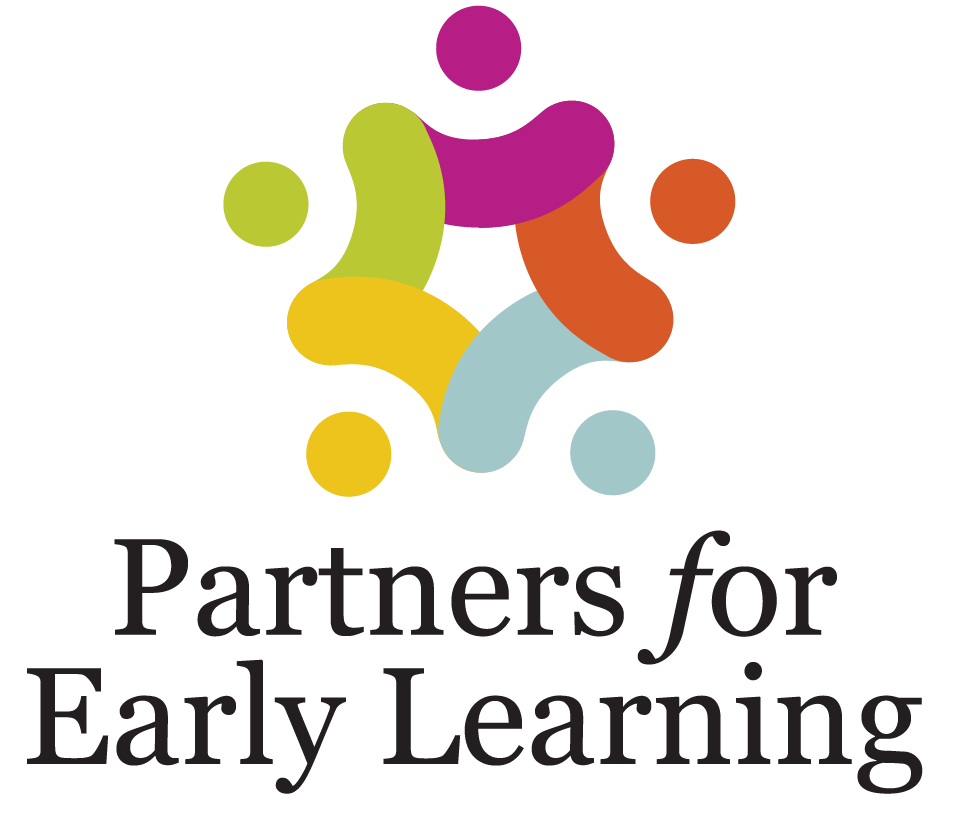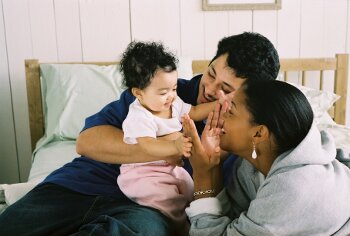Learning two languages
“Daddy? Can I have some cookies?” Maria asks.
“I don’t know Sweetheart. Go ask your mom.”
Maria catches her mom clearing the last of the dinner plates.
“Mami… papi dice que puedo comer una galleta porque me acabé toda la cena,” she sputters.
“Mija, pero compré fresas para el postre. Mañana puedes comer una galleta.”
“Pero mami no me gustan las fresas,” Maria says, “Quiero una galleta… por favor.”
You don’t need to speak Spanish to understand that this is more than a request for a cookie. Maria is one of a growing number of children whose home is a real-world classroom for learning to speak, read, and write two languages.
A question of language
More and more multilingual families ask, “Should my child learn more than one language?” In Maria’s case, the answer was simple–she would learn both. Although her parents are fluent in both languages, her dad is more comfortable with English, and her mom wants to teach her Spanish, the language of her family. By teaching her both, Maria’s parents are giving Maria the best of both worlds.
There is growing agreement among researchers that learning two or more languages at a young age doesn’t hurt or hinder a child’s development. There is some evidence that shows just the opposite is true; learning to read in one language helps a child learn to read in another. It all boils down to exposure and practice. The more children hear and use a language, the faster they learn it.
Speaking of challenges
Of course, there are potential challenges for children in bilingual households. Occasionally, children may use a word from one language while speaking in another. But these moments of “language switching” disappear after a few years, usually by age five.
In addition, it may take more time to develop a large vocabulary in each language. However, many bilingual children actually have a larger overall vocabulary if you count the words in both languages. Over time, bilingual children catch up to their single-language peers, and most differences disappear by fifth grade.
The gift of language
There is another benefit to teaching children to speak more than one language at an early age. Some studies suggest that bilingualism may help children develop certain attention skills sooner. “Selective attention” is the ability to focus on important details while ignoring distracting and misleading information. It is something that bilingual children often practice as they learn to filter out words from one language when speaking in another. So start early and speak to your child in both languages as much as possible. Young children can pick up a new language faster and easier than a teenager or an adult. Language is more than a way to communicate. It is a living expression of culture, community, and family ties. For many families, that’s reason enough to fill a house with the sounds of more than one language. For any family facing the question of teaching their children more than one language, the answer is simple: do what feels right for you.

